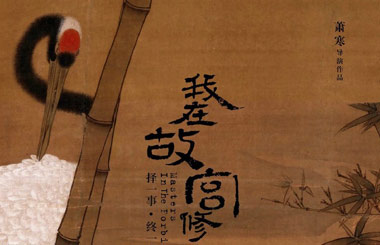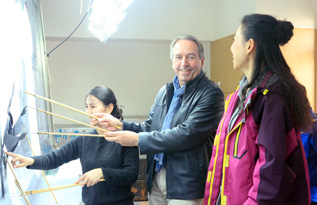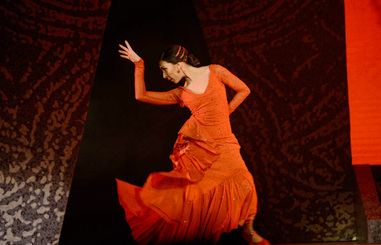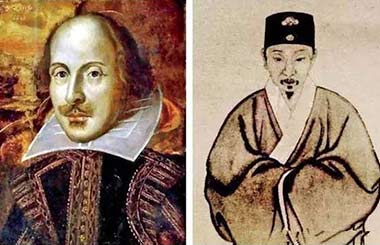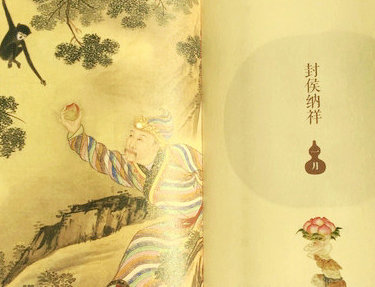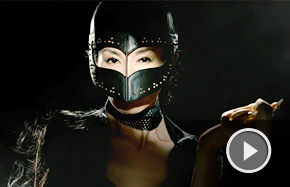Rare work set to make waves
Autumn Hunting of Yuan People was cataloged in Shiqu Baoji, a prominent inventory of the Qing imperial collection of art compiled on the orders of emperor Qianlong.
Court experts involved in the project listed the painting as a joint effort of anonymous painters who served in the Yuan court and were familiar with Mongol customs.
But many modern-day scholars date the painting as having been done between the late Ming (1368-1644) and early Qing dynasties. Their reason for this is because the bulk of the 20 kinds of weapons featured in the work were not produced until the Ming Dynasty.
Some figures in the painting hold arquebus (hackbut) guns, which were introduced into China only in the reign of Ming emperor Jiajing, according to Nie Chongzheng, a retired researcher from the Palace Museum.
The painting also features some 700 figures, including nobles, court ladies, officials and soldiers.
A unique feature of the work is that some of the soldiers are women and some are seen smoking.
Nie says it was only when Ming emperor Shenzong was in power that tobacco was brought to China.
After being taken from the Forbidden City, the painting landed in the hands of private collectors. It then appeared at a Christie's sale in New York in 1989, selling for $1.87 million to a Taipei-based collector.
That price was an auction record for a classical Chinese painting and was not broken until 2002, when Xiesheng Zhenqin Tu, a Song Dynasty (960-1279) painting, fetched 25.3 million yuan ($3.63 million) at a Beijing auction.
Autumn Hunting of Yuan People was put up for sale at a Beijing Poly auction in 2007, but wasn't sold. Reports say concerns about when it was painted was a key reason bidders hesitated.
The Shanghai sale will also see the auction of Qing painter Wang Hui's Landscape.




